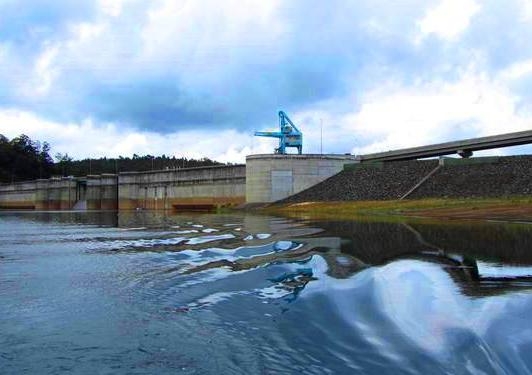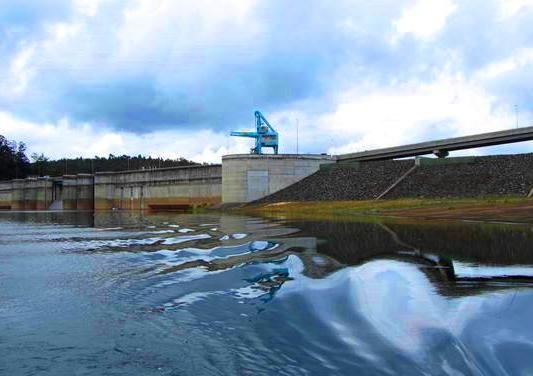Axing water overseer could leave regional Australia high and dry
The National Water Commission is to be wrapped up due to federal budget cuts. Yet when it comes to water management and reform, it's clear there is unfinished business, writes Stuart Khan.



